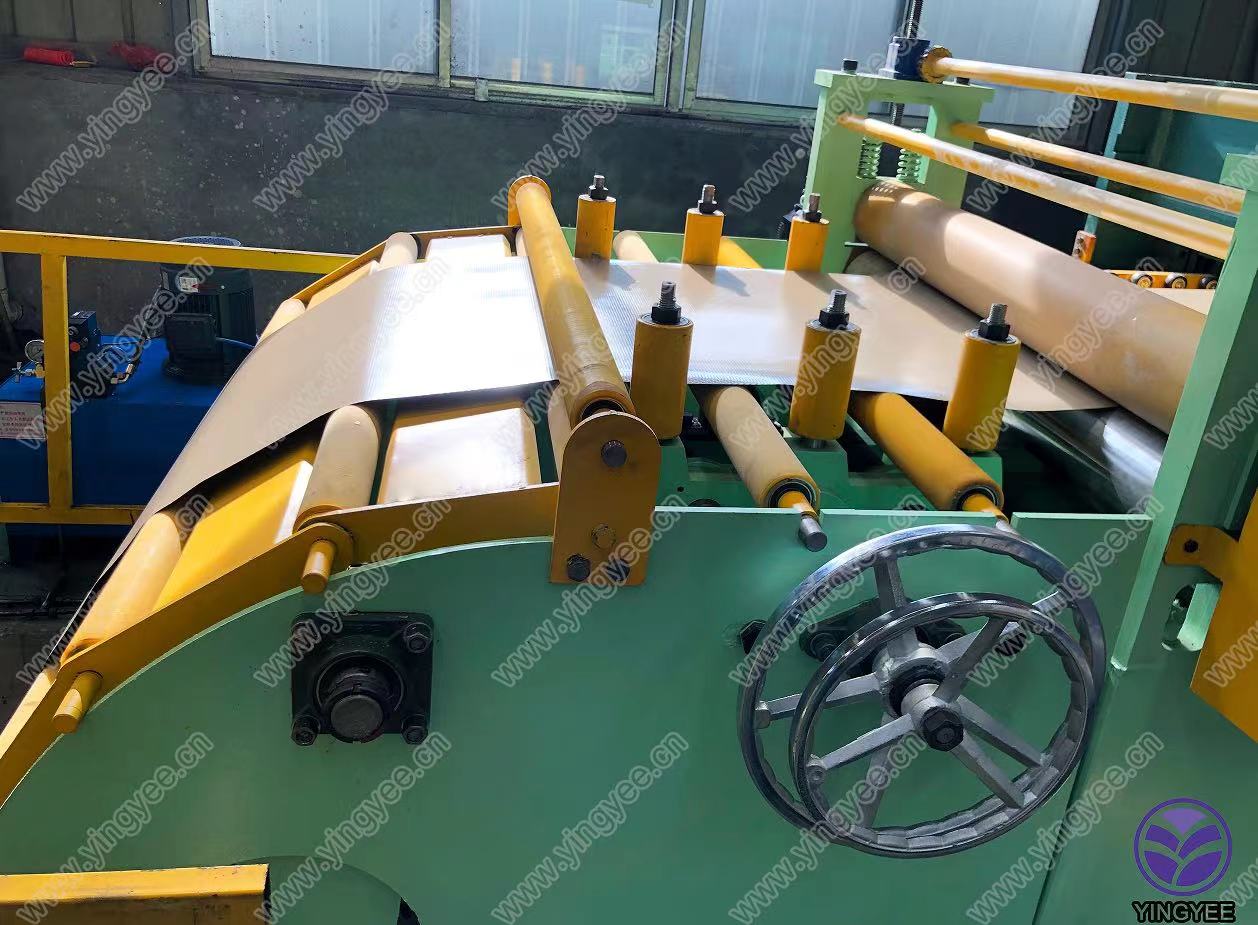
Understanding ERW Carbon Steel Tube Mills
Electric Resistance Welding (ERW) carbon steel tube mills play a crucial role in the manufacturing of steel tubes used across various industries. These mills utilize a specific welding technique that is both efficient and cost-effective, making them a preferred choice for producing high-quality steel tubular products. This article delves into the fundamental aspects of ERW carbon steel tube mills, including their operational principles, advantages, applications, and technological advancements.
Operational Principles
ERW tube mills operate on a simple yet effective principle the steel strip is fed through a series of rollers that progressively shape it into a tubular form. The edges of the strip are then heated using high-frequency electrical currents. When the material reaches the appropriate temperature, the edges are pressed together and welded, forming a continuous tube. This process is followed by various stages, including sizing, cutting, and finishing, to ensure the product meets industry standards.
One of the critical factors in the ERW process is the ability to control the welding parameters meticulously. This control allows for consistent quality in the weld seams, which is vital for the structural integrity of the final product. Additionally, modern mills often incorporate advanced automation and monitoring systems, significantly enhancing productivity and reducing waste.
Advantages of ERW Carbon Steel Tube Mills
ERW tube mills offer numerous advantages over other manufacturing methods, such as seamless tube production. Firstly, ERW welding provides a significantly lower cost of production, making it an attractive option for large-scale operations. The efficiency of continuous production means that manufacturers can respond swiftly to market demands while maintaining competitive pricing.
Moreover, ERW tubes exhibit excellent uniformity and precise dimensions, which are essential characteristics for applications that require high reliability and performance. The process also allows for the production of various tube sizes and wall thicknesses, catering to diverse applications, from structural supports in construction to components in mechanical systems.

Applications
ERW carbon steel tubes find applications in a wide range of industries. The construction sector utilizes these tubes for scaffolding, structural frameworks, and various support systems due to their strength and durability. In the oil and gas industry, ERW tubes are essential in pipelines, where they transport fluids and gases efficiently.
Additionally, the automotive sector benefits from ERW tubes in manufacturing components such as chassis and exhaust systems. Their lightweight yet robust nature makes them ideal for enhancing automotive performance while ensuring safety. Moreover, ERW tubes are increasingly being used in the energy sector, particularly in renewable energy applications, including wind turbine towers and solar panel structures.
Technological Advancements
Recent advancements in technology have further enhanced the capabilities of ERW carbon steel tube mills. Automation and smart manufacturing techniques are becoming prevalent, allowing for real-time monitoring of the production process. This development not only boosts efficiency but also significantly reduces errors and increases overall product quality.
Furthermore, the incorporation of advanced welding technologies, such as laser and induction welding, has expanded the potential applications of ERW tubes. These innovations allow for even thinner wall sections and specialized tube forms that were not previously feasible.
Conclusion
In conclusion, ERW carbon steel tube mills are a vital component of modern manufacturing, providing high-quality and cost-effective solutions for a diverse range of industrial applications. As technology continues to evolve, these mills are likely to see further improvements that will enhance their efficiency and adaptability, meeting the ever-changing demands of the global market. Whether it is in construction, automotive, or energy sectors, the future of ERW carbon steel tubes looks promising, driven by innovation and sustainability practices.